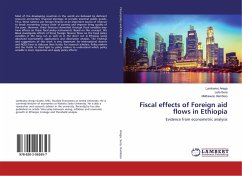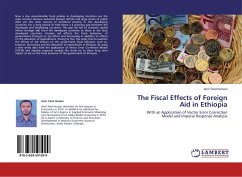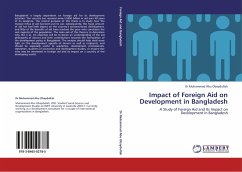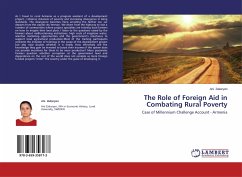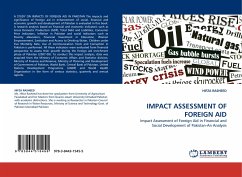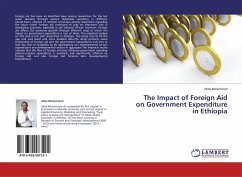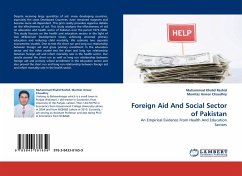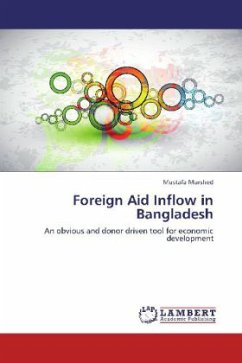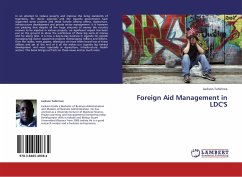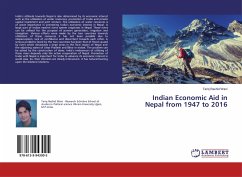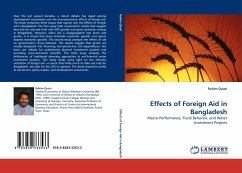
Effects of Foreign Aid in Bangladesh
Macro Performance, Fiscal Behavior, and Water Investment Projects
Versandkostenfrei!
Versandfertig in 6-10 Tagen
45,99 €
inkl. MwSt.

PAYBACK Punkte
23 °P sammeln!
Over the last several decades, a robust debate has raged among development economists over the macroeconomic effects of foreign aid. This book comprises three essays that inquire into the effects of foreign aid in Bangladesh. The first essay finds econometric results that suggest that aid has reduced both real GDP growth and gross domestic savings in Bangladesh. However, when aid is disaggregated into loans and grants, it is found that loans stimulate economic growth, but grants depress economic growth. The second essay analyzes the effects of aid on government s fiscal behavior. The results s...
Over the last several decades, a robust debate has raged among development economists over the macroeconomic effects of foreign aid. This book comprises three essays that inquire into the effects of foreign aid in Bangladesh. The first essay finds econometric results that suggest that aid has reduced both real GDP growth and gross domestic savings in Bangladesh. However, when aid is disaggregated into loans and grants, it is found that loans stimulate economic growth, but grants depress economic growth. The second essay analyzes the effects of aid on government s fiscal behavior. The results suggest that grants are mostly dissipated into financing non-productive civil expenditures, but loans are utilized for undertaking physical investment projects and providing socio-economic benefits. The third essay analyzes the deficiencies of traditional planning approaches to aid-financed water investment projects. This study sheds some light on the effective utilization of foreign aid --a course that holds much at stake not only for Bangladesh, but also for the LDCs in general. This book should be useful to aid donors, policy makers, and development economists.



